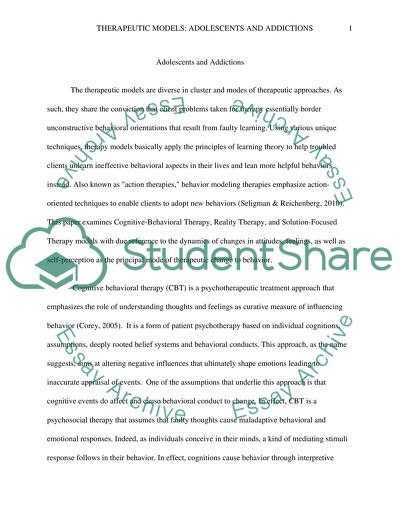Cite this document
(“Therapeutic Models: Adolescents and Addictions Assignment”, n.d.)
Therapeutic Models: Adolescents and Addictions Assignment. Retrieved from https://studentshare.org/psychology/1447364-adolescents-and-addictions
Therapeutic Models: Adolescents and Addictions Assignment. Retrieved from https://studentshare.org/psychology/1447364-adolescents-and-addictions
(Therapeutic Models: Adolescents and Addictions Assignment)
Therapeutic Models: Adolescents and Addictions Assignment. https://studentshare.org/psychology/1447364-adolescents-and-addictions.
Therapeutic Models: Adolescents and Addictions Assignment. https://studentshare.org/psychology/1447364-adolescents-and-addictions.
“Therapeutic Models: Adolescents and Addictions Assignment”, n.d. https://studentshare.org/psychology/1447364-adolescents-and-addictions.


